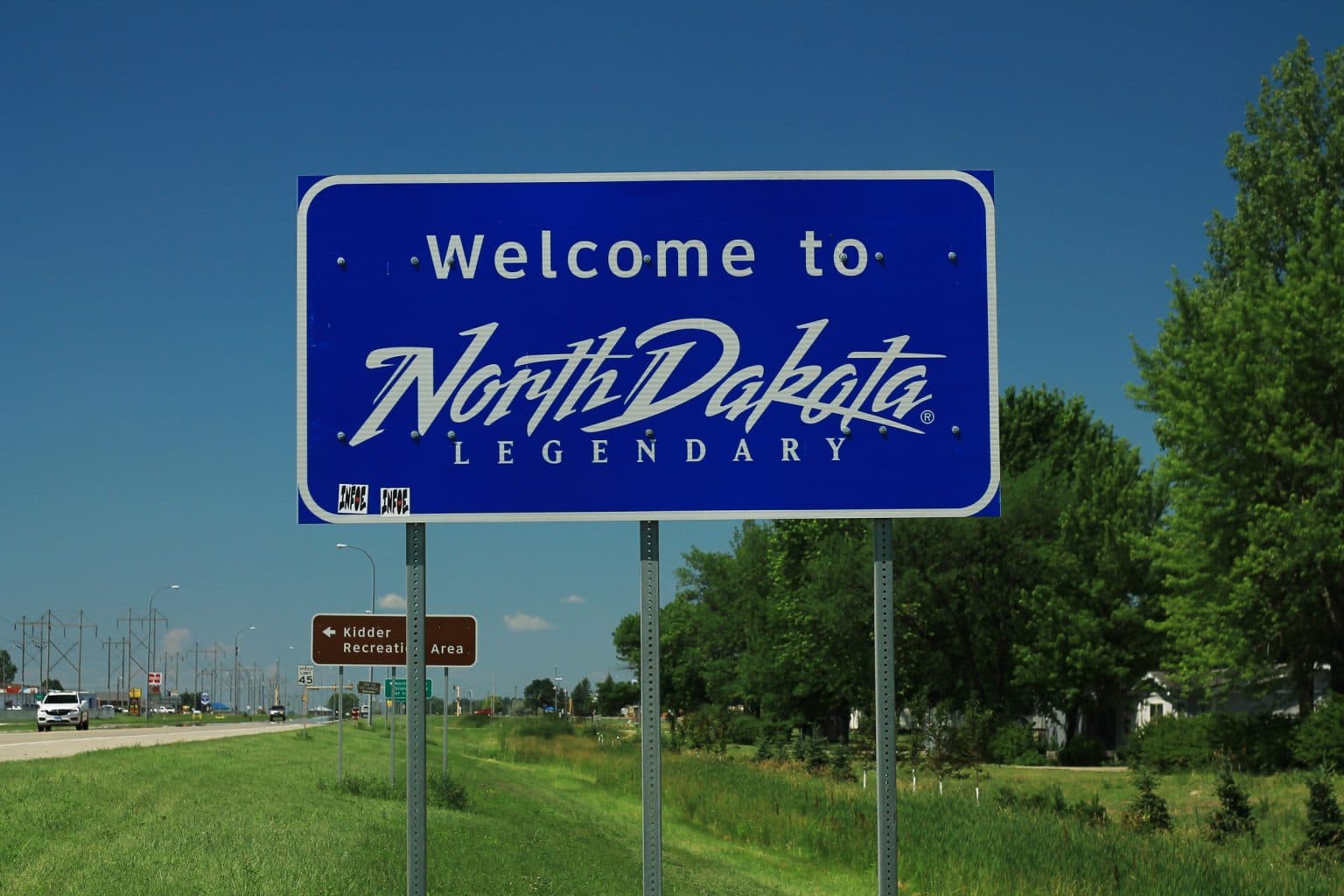This article was produced for ProPublica’s Local Reporting Network in partnership with Honolulu Civil Beat
ProPublica
The findings of a study conducted on pre-pandemic mortality from 2010 to 2019. Post-COVID-19, disparity has grown

ND210 West – Welcome to North Dakota Sign
American Indians in North Dakota die 22.5 years younger on average compared to white residents, a disparity that persists from birth throughout the lifespan. It is the most striking finding in a study published today by Frontiers in Public Health and conducted by researchers affiliated with institutions such as the School of Medicine and Health Sciences at the University of North Dakota and the Center for Indigenous Health at Johns Hopkins University.
COVID-19, to be clear, has nothing to do with it. The study focuses on pre-pandemic mortality in North Dakota from 2010 to 2019 through analysis of death certificates. The data reveals significant differences in age-specific mortality rates and leading causes of death between American Indians and white residents.
Key findings:
Geography plays a role: across the United States, 87% of the American Indian/Alaska Native population lives in urban areas. In North Dakota, less than 40% of American Indians live in urban areas, with over 60% residing on reservations.
Then there’s poverty. From 2015 to 2019, North Dakota as a whole had a poverty rate of 10.6%, the 10th lowest in the country. But American Indians in the state experience a higher poverty rate of 31.0%. Counties with the highest poverty rates in North Dakota include Sioux County, Rolette County and Benson County, which include all or part of the Standing Rock, Turtle Mountain and Spirit Lake Indian Reservations, respectively.
When you factor in COVID-19, the situation gets worse. American Indian and Alaska Native populations had the biggest drop in life expectancy in 2021, of 1.9 years, and that is across the entire country, not just the Northern Plains. American Indians had a life expectancy at birth of 65.2 years in 2021, equal to the life expectancy of the total U.S. population in 1944. The life expectancy for American Indian and Alaska Native populations has declined 6.6 years from 2019 to 2021.
Why trust this research? Beyond the credibility of the institutions that conducted the study, the research uses official data, publicly available population mortality data from the North Dakota Department of Health & Human Services Division of Vital Records and data from the U.S. Census Bureau. The methodology is fairly straightforward: the study uses standard statistical methods to calculate rates and rate ratios. The study has been funded by the National Institute of General Medical Sciences of the National Institutes of Health and a research seed grant from the School of Medicine & Health Sciences at University of North Dakota. The goal of the study is to inform and guide communities and providers on prevention, planning and policy efforts.
What don’t we know?
The authors acknowledge uncertainties that could affect the data. Misclassification of race and ethnicity on death certificates is a known challenge affecting public health data for American Indians. If individuals are incorrectly identified as white instead of American Indian (or vice versa), the mortality statistics are skewed.
The same is true for inaccuracies in census data, which can affect the population estimates used to calculate mortality rates. If the American Indian population is undercounted, mortality rates could be overestimated. Conversely, if the white population is undercounted, the mortality rates could be underestimated.
Potential errors go in one direction only, though. When data are adjusted to account for misclassification, American Indian mortality rates are even higher. This means that the unadjusted data presented in the study may underestimate the mortality disparities.
The social impact may be even more significant when factors beyond economics, education and healthcare access are considered, such as discrimination, historical trauma or cultural barriers to healthcare. These are more difficult to measure and quantify.
The most important unknown, however, is the current picture, meaning the disparity in North Dakota when COVID-19 pandemic data is factored in.
Pier Paolo Bozzano
Data Journalist | Product & Audience Growth Lead
Nadeau, M., Steele, J.S., Lyon-Colbert, A., Kelliher, A., Barnett, J., Begay, A., & Warne, D. (2025). Premature mortality patterns among American Indians in North Dakota, 2010–2019 (pre-pandemic). Frontiers in Public Health.
© Buffalo's Fire. All rights reserved.
This article is not included in our Story Share & Care selection.The content may only be reproduced with permission from the Indigenous Media Freedom Alliance. Please see our content sharing guidelines.
This article was produced for ProPublica’s Local Reporting Network in partnership with Honolulu Civil Beat
ProPublica
Inspired by her grandparents, Tonah Fishinghawk-Chavez proves that caring for the community is an action, not just a word
Police and family looking for Angel Mendez and Zayne LaFountain
The billboard project is expanding to Oregon
The film tells the story of white buffalo calves on the Turtle Mountain Reservation
Two years ago, Angela Buckley-Tocheck turned to Native Inc. for assistance with housing and to escape traffickers. Now she works there